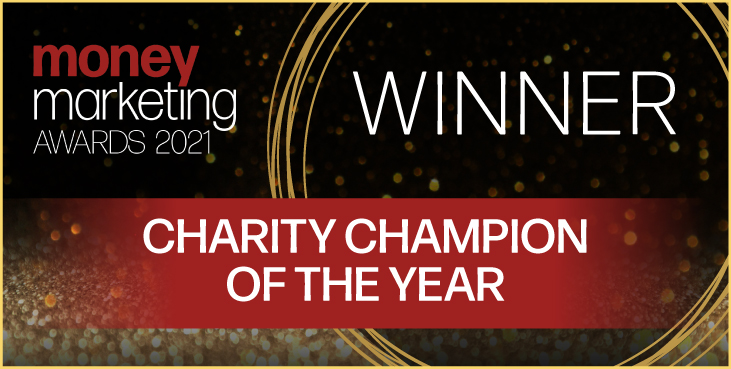Background
- There are over 163,000 registered charities in England & Wales, collectively spending more than £95 billion annually.
- The ‘Value Add’ of the sector has been estimated at £17 billion annually but the true impact, allowing for factors such as volunteering and social value may be up to 12 times more.
- Approximately 30% of charity income is provided via Government sources. However, there is very little visibility on how this money is spent and whether it represents good value for the state. Danny Kruger’s report into the sector stated: “Across government and its quangos, data is lacking, substandard, incomparable with other datasets, or simply not made available to non-government organisations working in the same field.“ At a time of severely limited public funding it is vital that the best possible use is made of this funding.
- Kruger went on to point out that “… two negative syndromes afflict public sector commissioning: highly bureaucratic processes, and a tendency to award contracts to large corporate providers who do not necessarily offer the best work for the public but do offer the least risk for the commissioner. Lip service is paid to the need for a plural supply chain with opportunities for civil society organisations to deliver work, but in practice this rarely happens.” This is a missed opportunity. There are thousands of extremely effective small charities with passionate leadership delivering great outcomes but perpetually struggling to raise funds.
- The first recommendation made by Kruger was for all government grants to be published by the end of 2020 to the 360Giving open source platform. We are pleased to see that some information on grants is now being published on 360Giving but the impact of these grants remains unknown. This information confirms that the lion’s share is being awarded to large charities.
The second recommendation by Kruger was that every government department should have a DataLab similar to the one run by the MoJ. This would provide transparency on impact. We are not aware of this recommendation being implemented yet, which is unfortunate because the Justice DataLab provides a compelling example of a way forward to more effective funding as we explain below.
The Justice DataLab
The Data Lab, set up in 2014, enables researchers and organisations to access anonymised offender data collected by the UK Ministry of Justice. This data is used to evaluate the effectiveness of offender rehabilitation programs in reducing reoffending rates.
Any organisation can submit names of its beneficiaries to the service, which is free of charge. The DataLab will match each group of beneficiaries to an anonymous cohort with similar characteristics such as number of previous offences, gender and age. Results will be published as soon as the data has accumulated, which may take two years.
Interventions are assessed on three key criteria:
- The rate of reoffending
- The number of offences committed
- The time after release before an offence is committed
The analysis determines whether the intervention has generated an impact and also whether that impact is statistically significant.
A blueprint for better giving
Let’s look at a hypothetical example of a charity working with a group of 100 ex-offenders that reduces the number reoffending from an expected rate of 30% to 15%. In other words, 15 additional people do not reoffend as a result of the charity’s work.
It currently costs the state over £45,000 per annum simply to keep people in prison, excluding the cost of conviction and lost tax revenue. So in this case the charity would have already saved the state over £675,000 (15 * £45,000) even if those persons went on to offend a year later. In practice many will never reoffend and so the saving is likely to be many times this amount.
If the Government paid that say, £20,000 per incremental result, that would cost only £300,000. It could be certain that it is receiving good value for money and that it would not require any additional budget! That sum paid to the charity would be a valuable addition to and diversification of their funding sources.
Since the Justice DataLab is already operational, there would be negligible additional administration cost required. Charities would simply make a claim linked to the outcomes of the DataLab report. They would then need to submit data for each year to be able to benefit from ongoing funding.
There have been several past attempts to stimulate the use of best practice to reduce reoffending rates, e.g. the Peterborough Social Impact Bond and the failed Transforming Rehabilitation scheme. The benefit of this proposal over those initiatives is that it leaves the service provider free to determine the most effective type of intervention and then rewards them based on a simple but highly relevant metric, namely the rate of reoffending. The risk attached to implementing it is low.
Other Sectors
Many types of charitable intervention are inherently difficult, in some cases impossible, to measure accurately. But there are many others where a DataLab would greatly improve the quality of data available. This would allow better decisions to be taken, both by the procurers of services and by the providers.
Some examples:
- Education, depending on cohort:
- Number reaching top universities
- Number achieving GCSE pass grades in English and Maths
- Number being excluded
- Work
- Number achieving regular employment
- Healthcare
- Reduction in NHS visits/consultations
Conclusions
- Wherever possible, government departments should be required to establish DataLabs
- Where possible, recipients of government funding should be compelled to submit data to the appropriate DataLab
- Reward payments should be made to organisations displaying positive impact (unless they had been funded in advance). There should be no additional cost to the Treasury because most of the interventions would already have achieved savings in excess of the amounts to be awarded.



